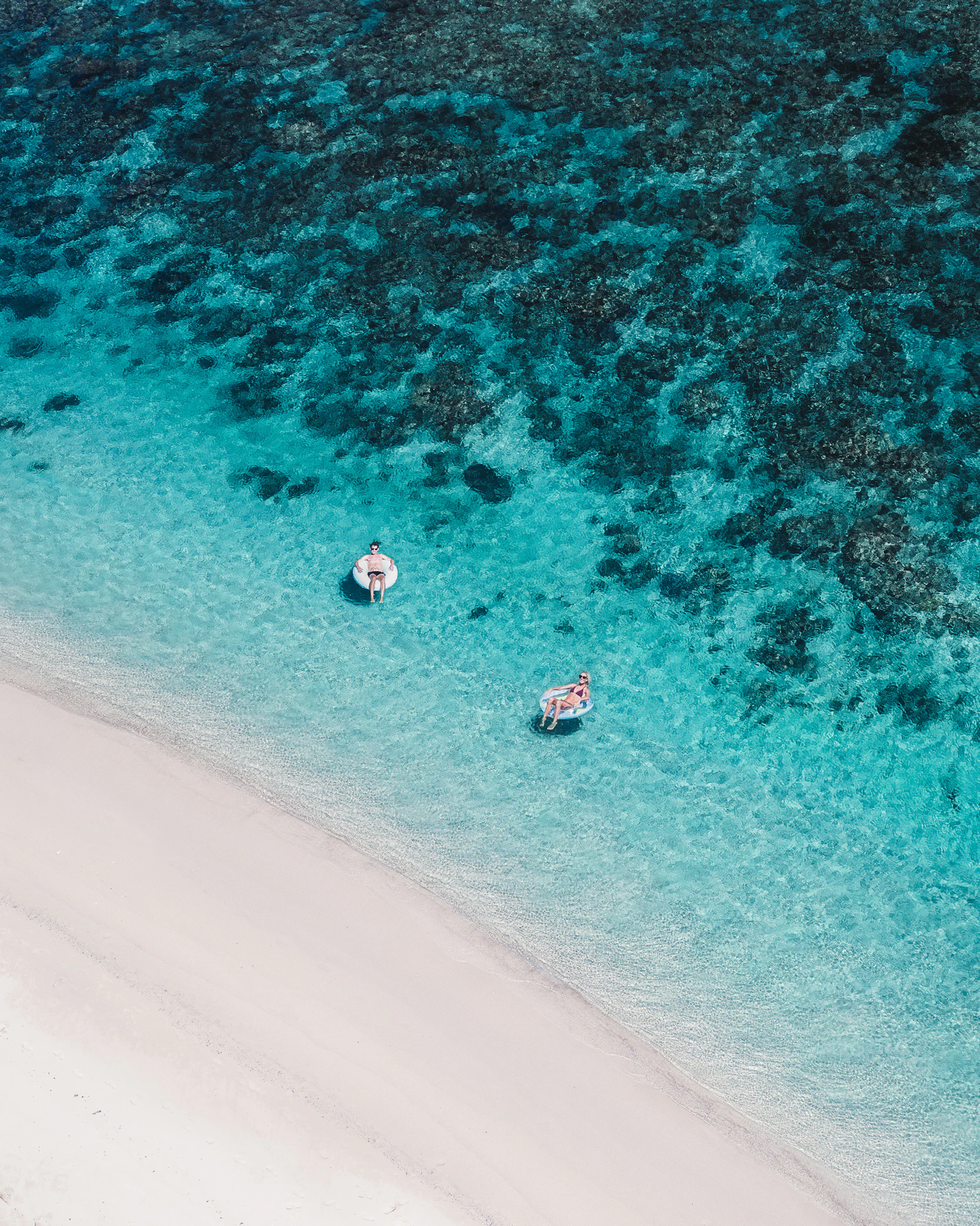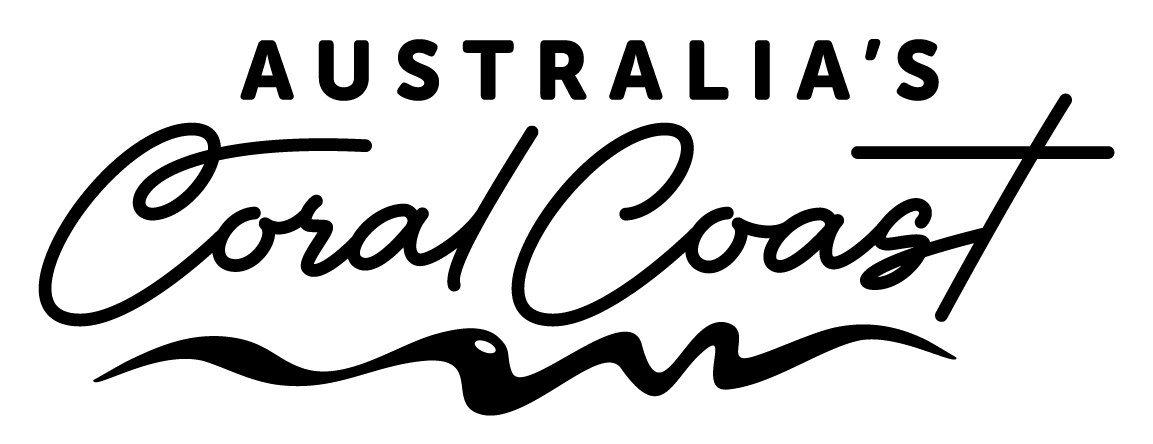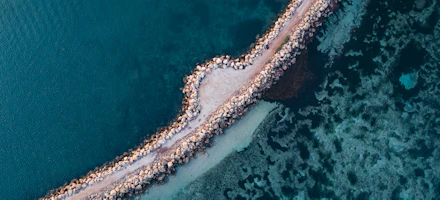
Ningaloo Reef
The World Heritage listed Ningaloo Reef is Australia's largest fringing reef, and one of the largest on Earth.
Unlike most other reefs, it's easy to access just by stepping off the beach. A snorkel and mask are all you'll need to experience this colourful and pristine reef. Ningaloo Reef is protected as part of the UNESCO World Heritage-listed Ningaloo Marine Park, which also encompasses coastal lagoons, the open ocean, continental shelf and coastal reserves.
The area is home to whale sharks, which visit between March and July each year after the annual coral spawn to feed on krill and plankton, although they can sometimes be seen on the reef outside of these months. Tours from Coral Bay or Exmouth provide the once in a lifetime opportunity to go swimming with whale sharks, known to be the biggest fish in the world. You can also swim with manta rays and migrating humpback whales, and see rare turtles, pods of dolphins and vibrant tropical fish.
More than 500 tropical fish species inhabit the 300 kilometre long reef, living in and around roughly 300 species of coral. Lakeside, Turquoise Bay, Oyster Stacks and Coral Bay provide great snorkelling from the shore and there are kayak moorings at Bundegi Beach, Coral Bay, Osprey Bay and Tantabiddi.
Diving tours and learn to dive instruction, compressed air and equipment hire are available at Exmouth and Coral Bay - staying at these towns are the easiest way to access the reef and tours.
But it's not all about the water at Ningaloo - there's Exmouth's incredible Cape Range National Park with its amazing red rock canyons and gorges and then there is Carnarvon's Red Bluff, Quobba and Gnaraloo stations which offer 4WDing and camping under the stars. Exmouth and Carnarvon are the northern and southern gateways (respectively) to the long spanning Ningaloo Reef.









































